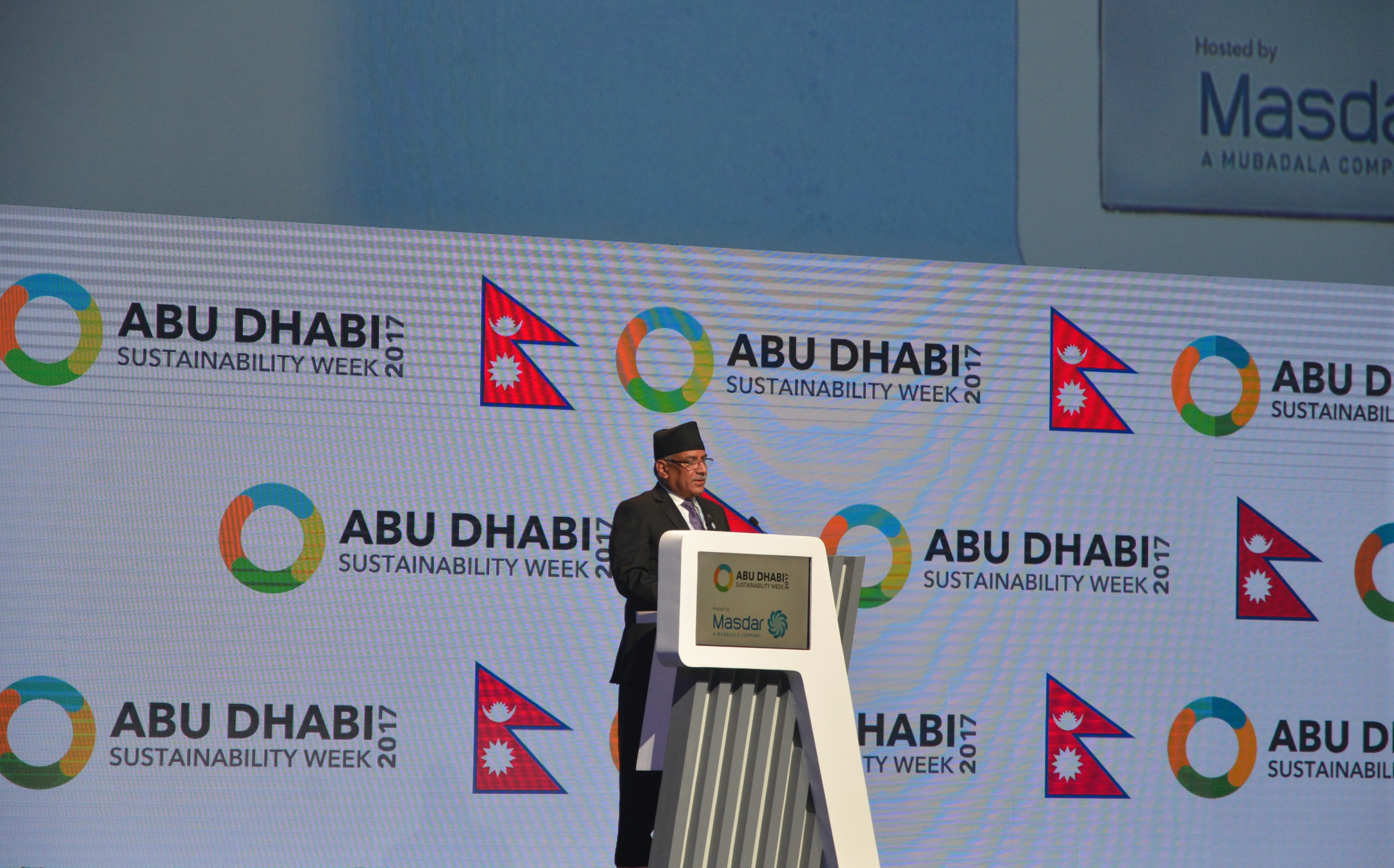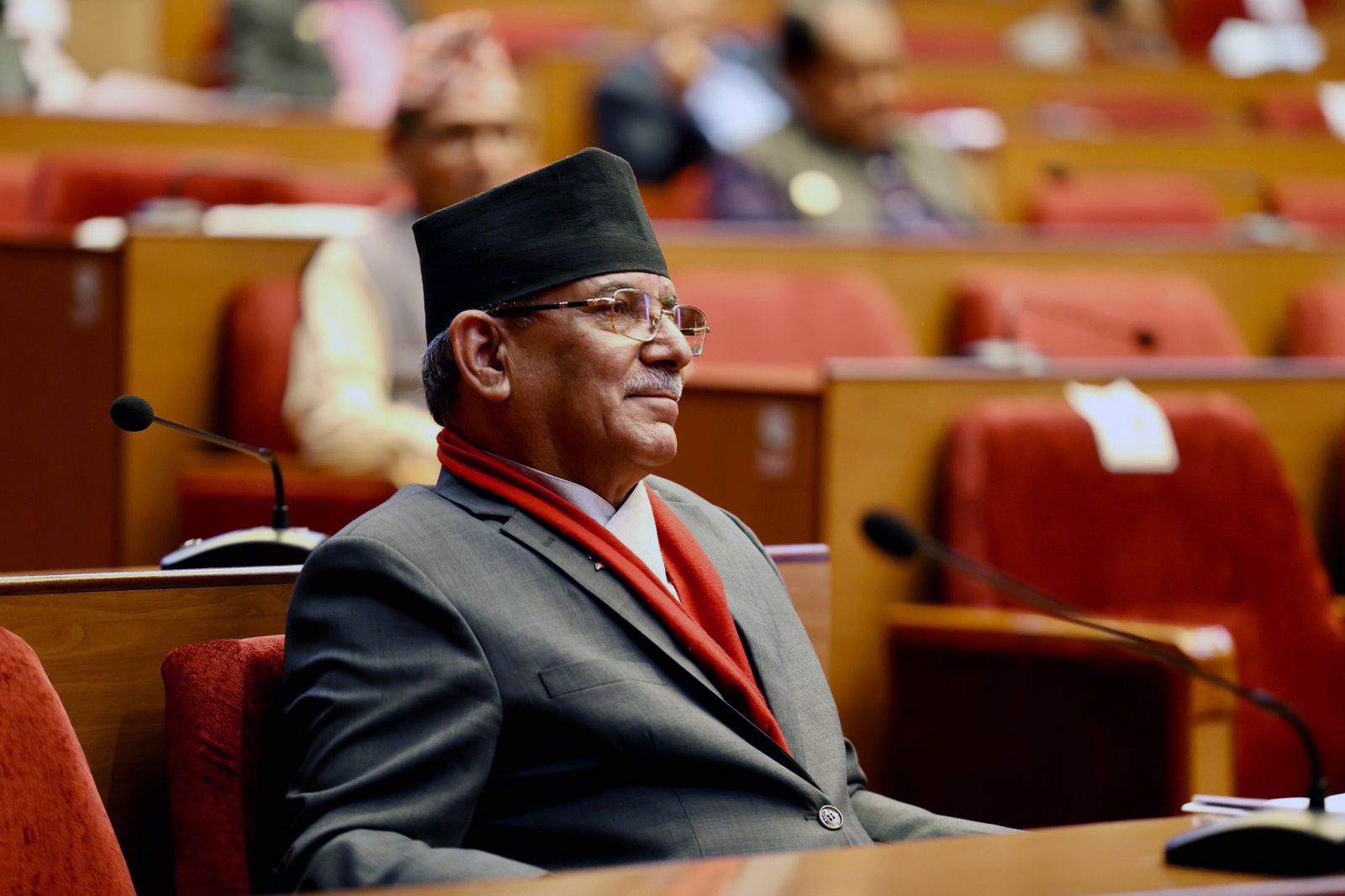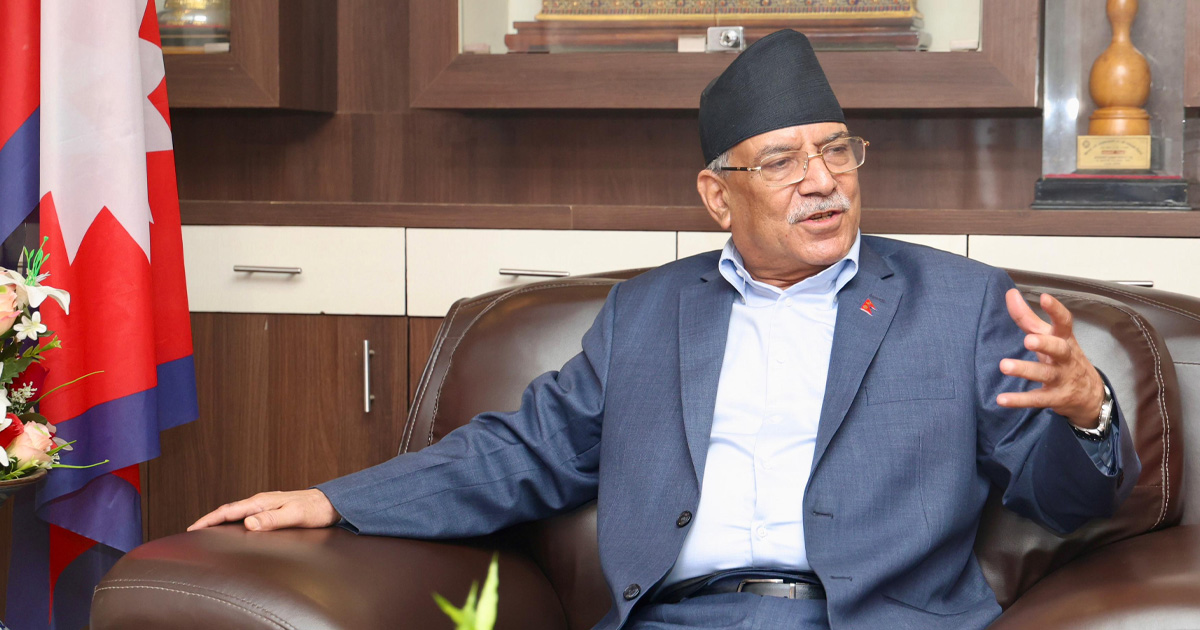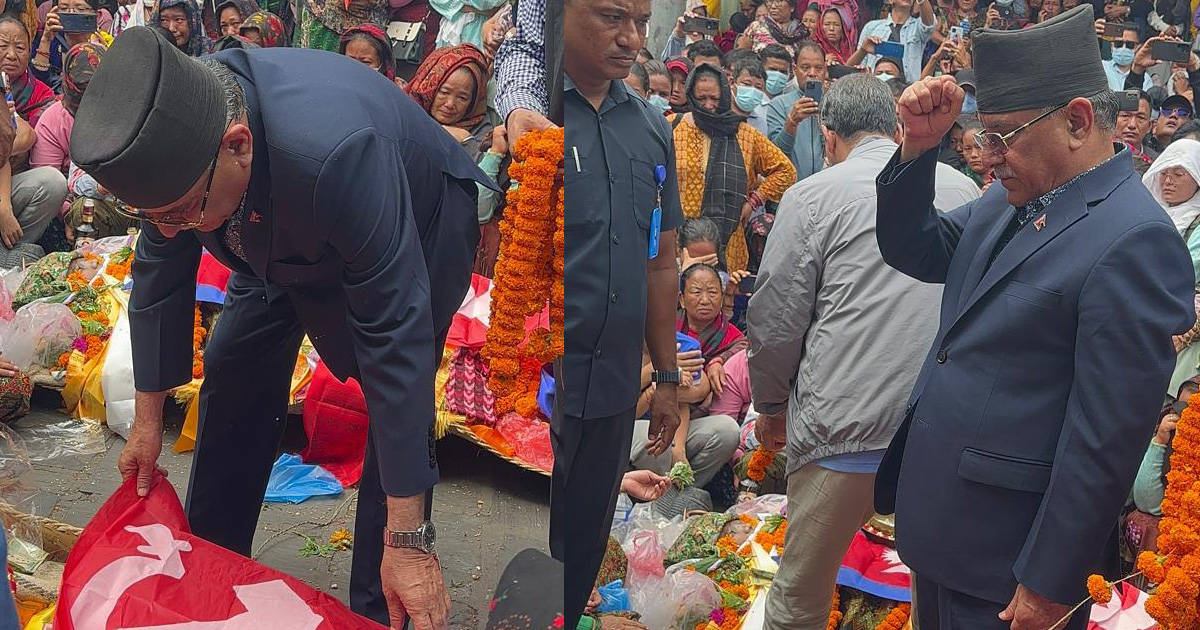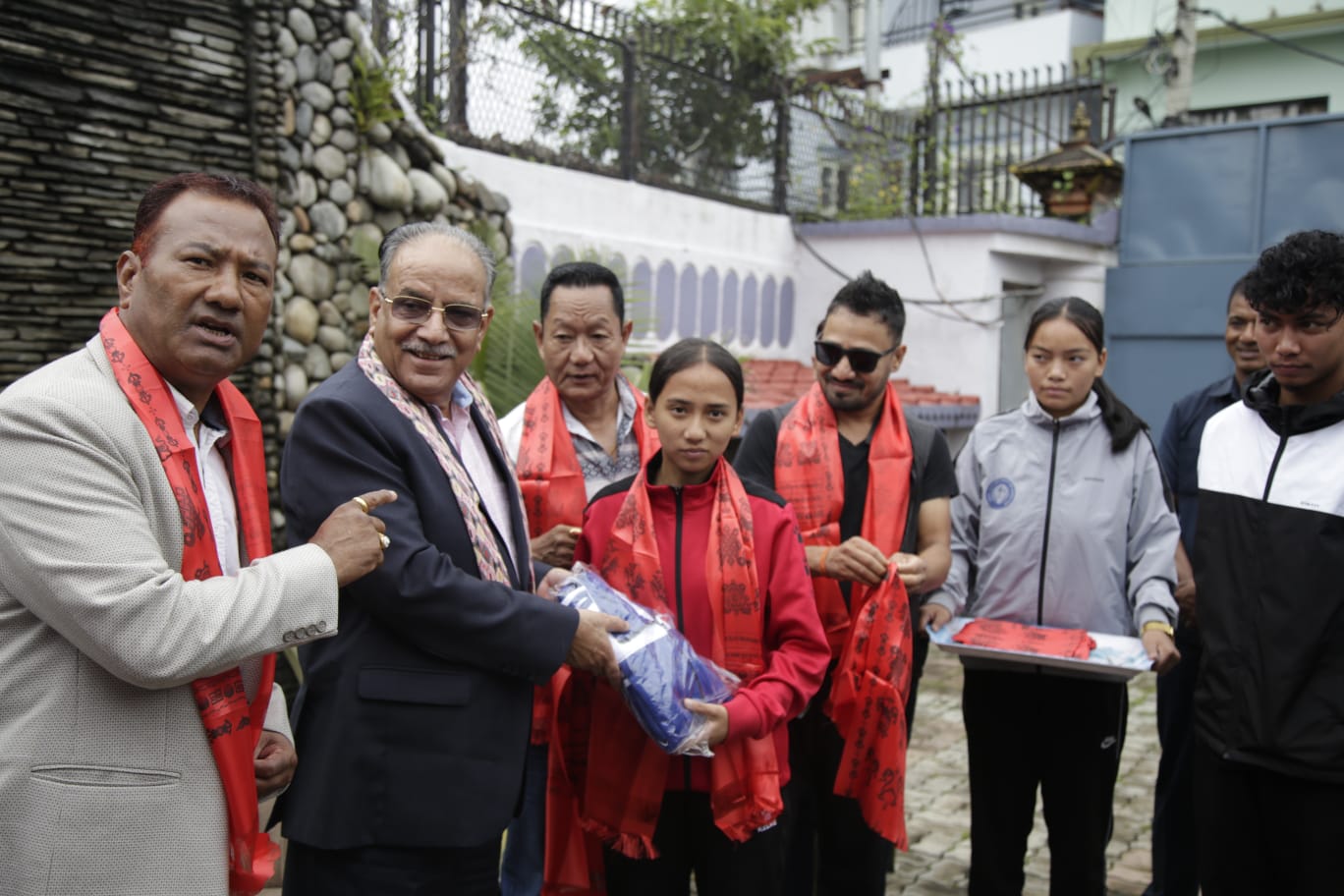Your Highness Sheikh
Your Highnesses
Your Excellencies
Distinguished Delegates
Delegates of Business Communities
Ladies and Gentlemen,
It is an honour to address the distinguished gathering of political, business and academic leaders at the opening ceremony of this important summit.
I would like to thank the organisers for extending kind invitation to me and making excellent arrangements for the conference.
I also thank the Government and people of UAE for the warm welcome and generous hospitality extended to me and my delegation ever since our arrival here.
As one of the largest gathering for sustainable energy and clean technologies, the World Future Energy Forum provides an excellent opportunity to engage in dialogue for achievinga common goal.
A goal of greener and cleaner future.
A goal of developed and more prosperous future, and
A goal of sustainable future.
As the UAE is playing a prominent and inspiring role in revolutionizing the energy sector; this event is a fitting tributeto UAE’s contributions to the development of energy sector and clean energy solutions.
Ladies and Gentlemen,
Needless to say, energy is the lifeline for development, lifeline of humanity. Every singlepursuit for development will be defeated, if we fail to sustainably address our energy needs.
In 2015, the world leaders agreed upon a solemn pledge for our sustainable future by adopting SDGs.
And, the 7th goal says –ensure access to affordable, reliable, sustainable and modern energy for all.
Unfortunately, one in five people still lacks access to modern electricity.
In the same year, we reached an ambitious and comprehensive Paris Agreement to tackle the menace of climate change and global warming. We collectively agreed to curb the emissions and pledged for a greener future.
Unfortunately, around 60 percent of the total greenhouse emissions is due to our carbon-intensive consumption of energy.
We have made our pledges. We have reached on agreements. We have documented our promises. We have adopted goals and visions.
And, the time implores us to act on those pledges; to implement the agreements; and to deliver on our promises; for gap between commitment and delivery erodes our credibility.
If we fail to deliver, the coming generations will cast doubt on our intentions; question our ability; and distrust our determination.
If our inertia and inaction leads to darker and hotter earth, over the years, we will be the reason for failed future.
Not a single dose of complacence is affordable.
The global economy highly dependent on fossil fuel cannot sustain the brunt of climate change.
Neither can it achieve the developmental goals for prosperous future of the humanity.
The world reliant on fossil fuel and traditional energy cannot provide the answer in ensuring affordable, reliable, sustainable and modern energy for all.
And, the answer is clean energy.
Ladies and Gentlemen,
Clean energy is the ultimate enabler to realize the development goals, without jeopardizing the environment.
As the world is confronting significant energy crisis, energy security is not at all a luxury.
It is a sine qua non for economic security. It is an indispensable pillar for human security.
And, clean energy could provide a solid answer to energy security.
Clean energy is the answer to green economy.
We must invest our resources in clean energy sources and renewable energy. Much of the potential of harnessing sustainable energy is lying dormant; while 3 billion people rely on wood, coal, charcoal or animal waste for cooking and heating.
The future of energy lies in clean energy sources such as hydropower, solar, wind and thermal.
The future of sustainable energy lies in innovation of energy-efficient appliances and automobiles with minimal carbon emission.
Ladies and Gentlemen,
When it comes to hydropower, Nepal was an early mover. We installed a 500-Kilowatt hydropower project back in 1911.
This was just 29 years after the first hydropower project was installed in Wisconsin, the US, and one year before China built its first hydropower project.
Unfortunately; after more than a century of first hydropower project in Nepal, above 30 percent of the population does not have access to electricity and is forced to depend on traditional fuels for energy requirements.
The remaining population too is experiencing sub-optimal energy supply –often unsteady and unreliable.
Nepal’s electricity intensity is around 175 KWh (Kilowatt hour) per capita, one of the lowest in the world.
Acute energy crisis had been a bleak reality, until my government managed to reduce the power cuts by building efficiency in supply side.
Nevertheless, the electricity supply is insufficient to meet the demand entirely from domestic sources. As the demand for energy grows, the pressure on limited supply will continue to mount.
Moreover, South Asia is one of the regions with greatest energy deficits.
It is the greatest irony that we are witnessing this energy crisis despite our impressive potential.
Nepal’s theoretical hydroelectric potentialhas been estimated to be as high as 83,000 Megawatts (MW) of which 42,000 Megawattsis considered to be technically and economically feasible.
Similarly, Nepal has a huge potential for solar energy. It is located at favourable latitude that receives ample amounts of solar radiation. It has more than 300 days of sunshine in a year.
By utilizing just 0.01% of the total land area of Nepal, we can harness around 2,920 Gigawatt Hours(GWh) of energy per year from solar power.
That is almost equal to the energy from 251, 243 (two hundred 51 thousands) tons of oil.
To increase access of energy to its population, renewable energy is only one viable means in Nepal. Our dependence on imported fossil fuel is not sustainable.
The high potential of renewable energy resources available in Nepal can be harnessed for providing energy to Nepal as well as other countries in the region.
Located between two of the largest growing economies, Nepal could become a major energy exporter to our neighbourhood and South Asia.
When the majority of South Asia is grappling with energy deficits, our vast resources are lying idle, untapped and dormant. What else could be a greater contradiction?
Ladies and Gentlemen,
As a country with least developed economy and underutilized energy resources, Nepal faces daunting development challenges.
And, the severest of those challenges is the constraint posed by limited energy production.
Emerging out of a protracted political transition, our key agenda today is to advance economic development.
Nepal is targeting graduation from LDC status to developing country status by 2022 and aims to become a middle income country by 2030. To meet these targets, Nepal will need at least 6,000 Megawatts of additional energy.
For realizing our development targets by achieving an economic growth rate of decent 7.2%, total capacity of 25,000 Megawatts is needed to be installed by 2040.
As we are in a nascent stage of development, investment in energy sector is full of potential.
Lots of industries and infrastructure projects are in pipeline. There are vast opportunities for development of transportation and service sectors. This opens up a huge opportunity for investment in energy.
Investment opportunities lie in the upgradation and expansion of distribution system and transmission system.
In 2016, Government of Nepal endorsed the ‘Action Plan on National energy Crisis Alleviation and Electricity Development Decade’, which targets to generate 10,000 Megawatts by 2025 through a roadmap for policy reforms and initiatives to spur private sector investment.
We have adopted liberal policy in foreign investment.
Government of Nepal adopted Renewable Energy Subsidy Policy last year for increasing investment in micro-hydro and solar energy.
We have provided several incentives to promote investment in energy sector, such as tax rebates, concessional duty, excise duty and refunds, up-to 100% repatriation of profit.
Our labour policy is market friendly. Moreover, we have abundance of cheap labour.
In addition to these policies, we are open to sign separate Programme Development Agreements with investors, for boosting their confidence.
One window system and small bureaucracy are other advantages. We rank 2nd among the South Asian countries in Ease of Doing Business.
Nepal welcomes the investment venture from firms across the world in its energy sector. We have a favourable policy environment and growing domestic market.
As for the surplus energy, the large and increasing regional market in our neighbourhood can be tapped.
The Power Trade Agreement (PTA) has been signed with India. This has opened up a large market for exporting electricity to India.
Similarly, South Asian countries signed the SAARC Framework agreement on Energy Cooperation during the 18th SAARC summit. This is an important step towards the eventual formation of regional energy market.
I would like to extend invitation to you, Dear Business Delegates, for attending Nepal Investment Summit on 2nd and 3rd March this year. The upcoming summit will adopt policies to attract investments in priority areas like clean energy.
Rest assured –investment in Nepal’s energy sector is profitable.
Rest assured –investment in Nepal’s hydropower is safe and secure.
If we are able to tap such resources across the world, Ladies and Gentlemen, the future will be bright and clean.
Greener, more prosperous and more sustainable future ispossible and achievable. What we need is strong commitment, vision and collaboration coupled with intensive investment.
We need to explore new partnerships and new collaborations. We need to build on consensus on clean energy and act on it.
I believe that, with concerted commitments between governments and private sector we can build the momentum towards sustainable energy, which would be accessible to all the population as well as all the generations to come.
I thank you all!
Shukran!
 क. प्रचण्ड
क. प्रचण्ड
